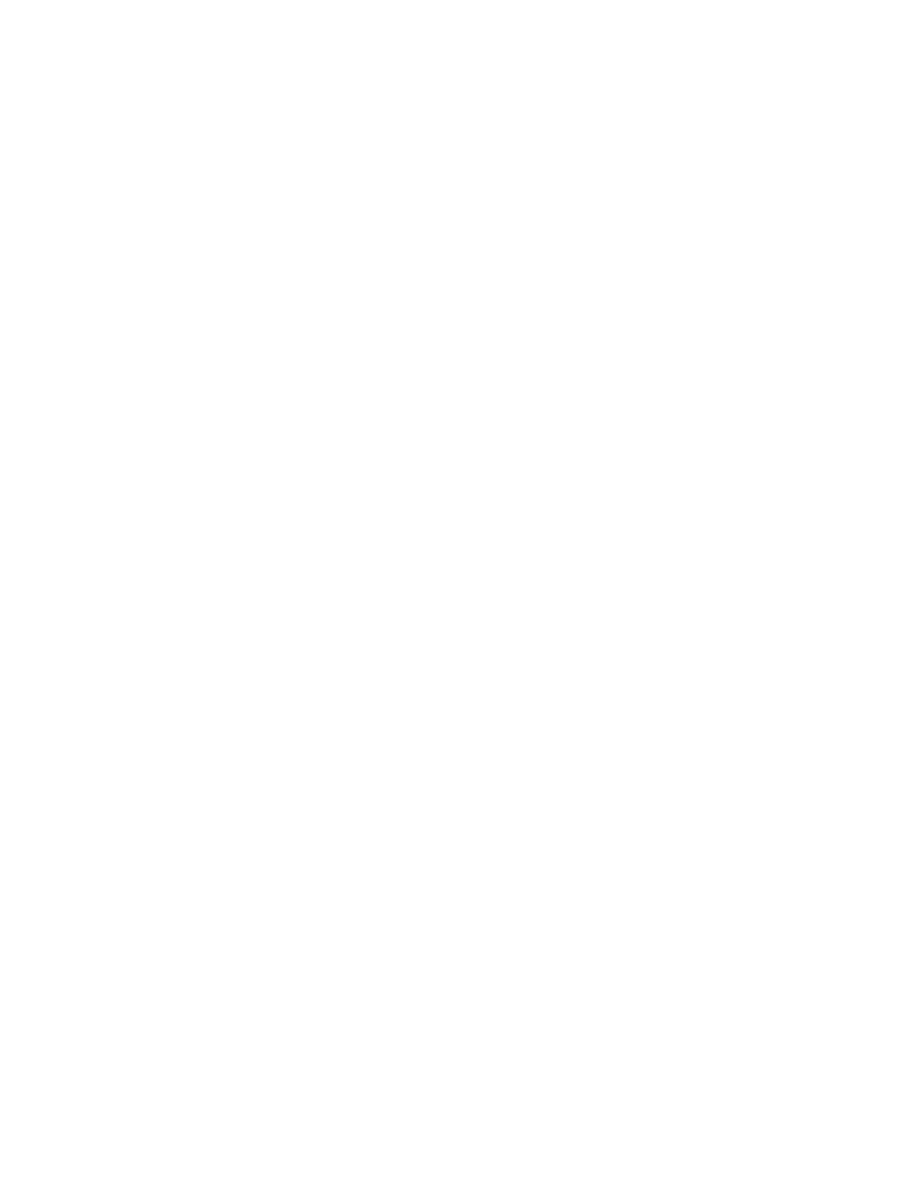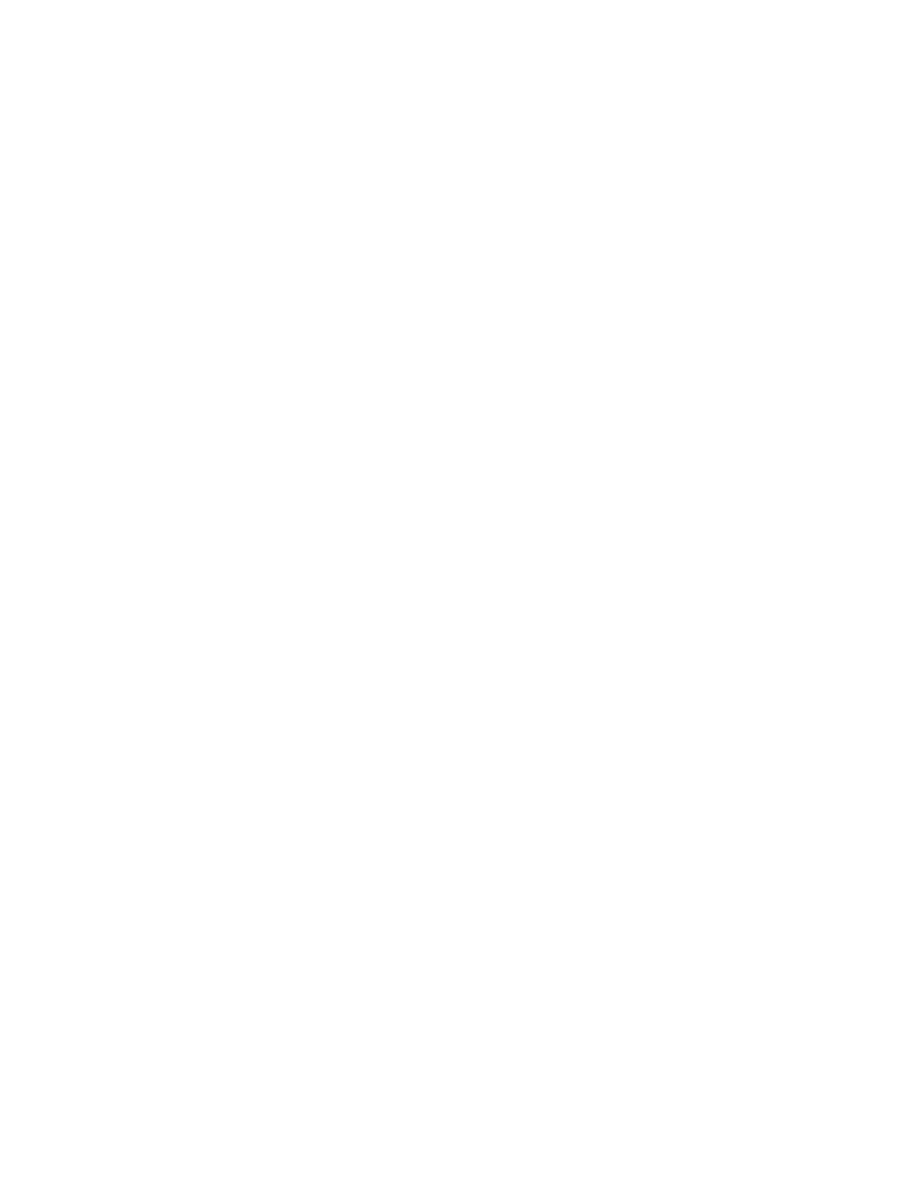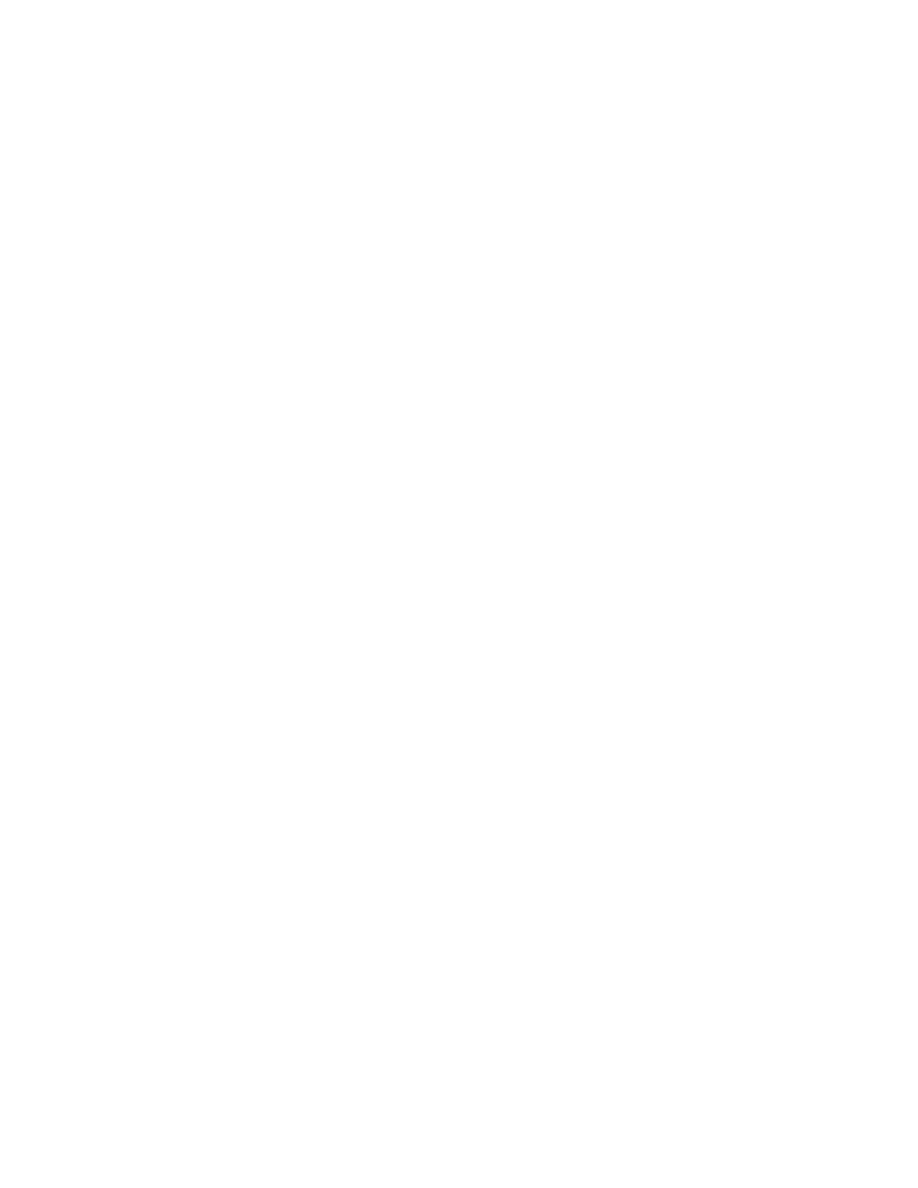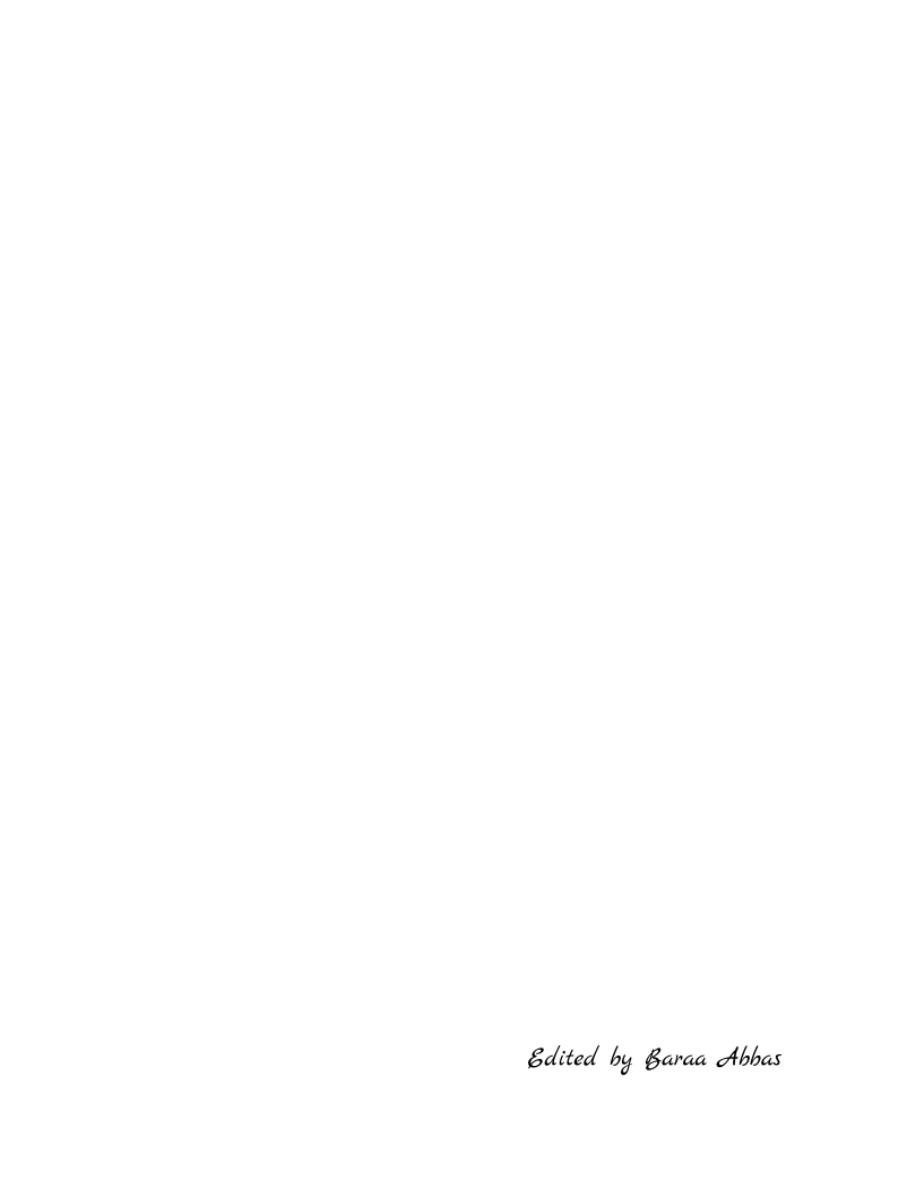
Breastfeeding
Definition
: A natural and simple way to feed a baby.
Types:
● Exclusive:
only breast milk
● Artificial:
breast milk in a bottle.
● Full:
both exclusive and artificial.
● Mixed:
breast milk with animal milk in a bottle.
Breast
milk elements:
● Protein
● CHO
● Fat
● Water
● Minerals
● Vitamins
● Immunological
Substances
● Enzymes
● Hormones
Stages
of human milk:
● Colostrum:
1 - 3 days postpartum
● Transitional:
3 - 5 days postpartum
● Mature:
after 5 days postpartum
Breastfeeding
Preparation:
● Wash
hands
● Wash
Nipples (with warm water, but not soap)
Breastfeeding
positions:
● The
Cradle Position: achieved by cradling the infant in one arm.
● The
Lying Down Position: achieved by lying down on one side.
● The Football Hold Position: achieved by putting a pillow below the mother’s arms
and
head, and a pillow below the infant’s buttocks.
1
of 4

Breastfeeding
Method:
● The mother hold her hand around her breast with the thumb on top behind the
areola
and the fingers against the chest wall.
● Both breasts are used: the first breast for 10 minutes and the other breast for 6
minutes; at the next feeding infants start to feed on the breast used to finish the
preceding
feeling this way to balance between foremilk and hindmilk.
● The neonate is nursed shortly after birth 1-2 hours and approximately every 2 or 3
hours
thereafter.
● The
infant should be burped after each breast and at the end of the feeding.
Advantages
of breastfeeding:
● For
the Baby:
○ Satisfies
the infant’s nutritional needs.
○ Gives
greater immunity.
○ Digest
easily, Fit the temperature, & Sterile.
○ Psychological
bond between mother and baby.
○ Lowers
allergic reactions.
● For
the Mother:
○ Psychological
relation between mother and baby.
○ Easy.
○ Decrease
risk of breast, ovary and cervix cancer.
○ Decrease
blood loss after labor.
○ Help
the uterus return to usual size rapidly (involution).
● For
the Family:
○ Economic.
○ Strengthen
the relation between family members.
Contraindications:
● Mother
related:
○ Mother
with malignancy (Breast Ca)
○ Mother
with cytotoxic or radioactive exposure
2
of 4

○ Mother
with psychosis
○ Mother
with a viral infection, or an untreated bacterial infection.
○ Mother
with areola/nipple lesion (mastitis)
● Baby
related:
○ Inborn
error of metabolism (e.g. Lactose Intolerance, Galactosemia)
○ Fetal
Distress and Hypoxia
○ Breastfeeding
Induced Jaundice
○ Congenital
defect (e.g. Congenital Heart Defect)
Important
Notes regarding breastfeeding:
● For low birth weight and small for dates: breastfeeding is important for growth and
treatment
of hypocalcemia.
● For
post mature babies: breastfeeding is important for treatment of hypoglycemia.
● For
immunized babies: immunization to the infant has no side effects.
● For Immunized mothers: immunization to the mother
is contraindicated if
immunised
with live attenuated substance as Rubella or hepatitis vaccine.
● For
mothers with multiple births: mother can feed them if she is well nourished.
● For Cesarean section Mothers: depend on type of anaesthesia (spinal or general)
also according to the type of substance of anaesthesia; usually fed when she's alert
or
within the first 12 hours.
● For working mothers: this is not difficult if the mother prepare a place near her
work
and can feed her baby that time.
Weaning
: a process of changing from one method of feeding to another, starting at 4 - 6
months
of age, done gradually by introducing a new type of food.
Common
problems in postpartum period:
● Sore
nipple:
○ Caused
by incorrect positioning.
○ Result
in nipple damage and dermatitis.
● Cracked
nipple:
○ Caused
by abnormal positioning or excessive use of soap.
3
of 4

○ Result
in pain on nursing.
○ Treated
by application of lotion or mother’s milk.
● Thrush
(Yeast Infection)
○ Happens
at any time.
○ Caused
by antibiotics.
○ Associated
with vaginal thrush in the mother, and an oral thrush in the baby.
○ Results
in itchy, irritable, pink nipple.
○ Treated
by antifungal cream on the nipple.
● Inverted
Nipple
○ It
does not prevent breastfeeding.
○ Treated
by breast shells and exercising uterine contractions.
● Breast
Engorgement:
○ Caused
by not feeding for a long time or incorrect positioning.
○ Result
in milk build up; hence a painful swollen breast.
○ Treated by frequent feeding, correct positioning, analgesia, and manually
expressing
milk.
● Mastitis
(Red Inflamed Breast)
○ Caused
by poor drainage or incorrect positioning
○ Result
in red, hot, and tender breast; with fever and malaise.
○ Treated by equal nursing on both sides, with feed pumping on the affected
side;
with bed rest and antibiotics.
● Breast
Abscess
○ Occurs
as a complication of mastitis, or as a result of inadequate treatment.
○ Managed by rest, warm soaks and emptying of the breast; with antibiotics
and
surgical drainage.
● Blocked
Duct (Milk Retention Cyst)
○ Felt
as a smooth round-surface lump.
○ Treated
by improving position and feeding on the same side of the lump.
4
of 4
